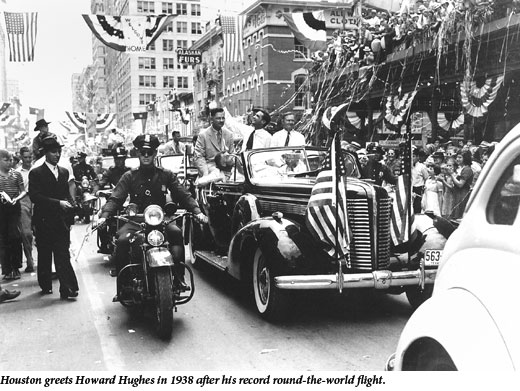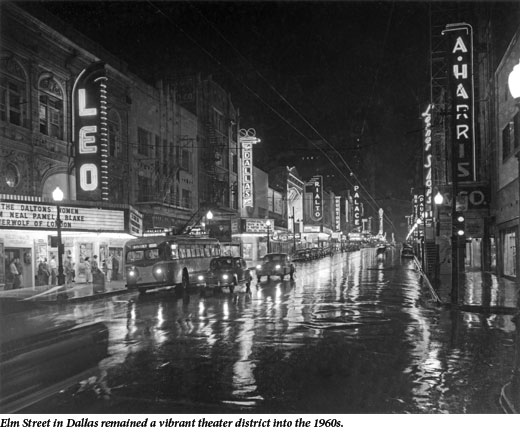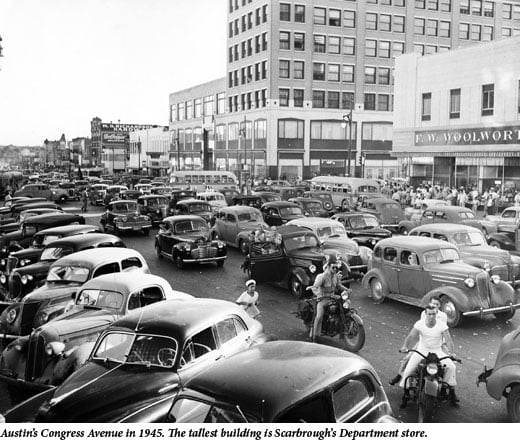Bright Lights, Big Cities
Historic Photos of Houston
Historic Photos of Austin

Before glass-sheathed towers began dominating their skylines, before Wal-Marts and Taco Bells blurred their boundaries, Texas cities were feasts of local architecture and character. The urban landscapes of Dallas, Houston, and Austin were exemplars of the unique; today’s booming cities effloresced around their cores.
These three cities are included in a series of coffee-table books being churned out by Turner Publishing, a Nashville-based house specializing in history and Southern literature. With identical approaches and formats, it would be easy to dismiss the volumes as vapid commercial fare suitable for airport gift shops and chambers of commerce.
But the books are well done, their historic photos offering readers visual timelines on how the cities came to be. As publisher Todd Bottorff explains in the prefaces: “Utilizing this work, longtime residents will learn something new and…new residents will gain a perspective on where [each city] has been, so that each can contribute to its future.”

The books divide each city’s history into four eras: pre-Civil War through the end of the 19th century; the beginning of the 20th century through World War I; post-World War I up to World War II; and, finally, World War II through the 1970s. Large full-page photos, all starkly reproduced in black and white with succinct captions, afford the reader a visual urban history more telling than could any chamber of commerce brochure.
While the series’ focus is ostensibly on the cities’ evolving architecture, the shots of everyday people give heart to the ever-changing concrete backdrops. From a 1911 picture of L.L. “Shorty” Walker preparing to fly his homemade airplane from a then-pastoral south Houston field to smiling 1950s trophy winners in long-skirted uniforms at Dallas’ Hockaday School; from a 1900 portrait of an impeccably dressed black family gathering to celebrate Emancipation Day in Austin’s East Woods Park to a smiling John F. Kennedy minutes before his assassination in a 1963 Dallas motorcade, the books offer poignant snapshots of evolving communities and social history.
Nature is dramatically featured in the series as well, seen in the 1908 flooding of the Trinity River through Dallas and a doomsday-looking tornado looming over the Austin capitol in 1922. Given today’s urban sprawl, perhaps the most jarring photos show the once wide-open bucolic wildernesses visible just past pulsating city limits.

While never offering explicit opinions on development, occasionally the editors subtly insinuate their thoughts within the captions. For instance, below a shot of the Butler House in Austin, a beautiful Victorian Revival mansion built in 1887, its colorful history darkly ends, “It reflected the ebullience of the Victorian era until it was demolished in 1971 to make way for a parking lot.” With today’s increasing awareness of historic preservation, the reminders of disappeared architectural gems hint at the need for caution in the name of progress.
Stayton Bonner is a freelance writer in Austin.


